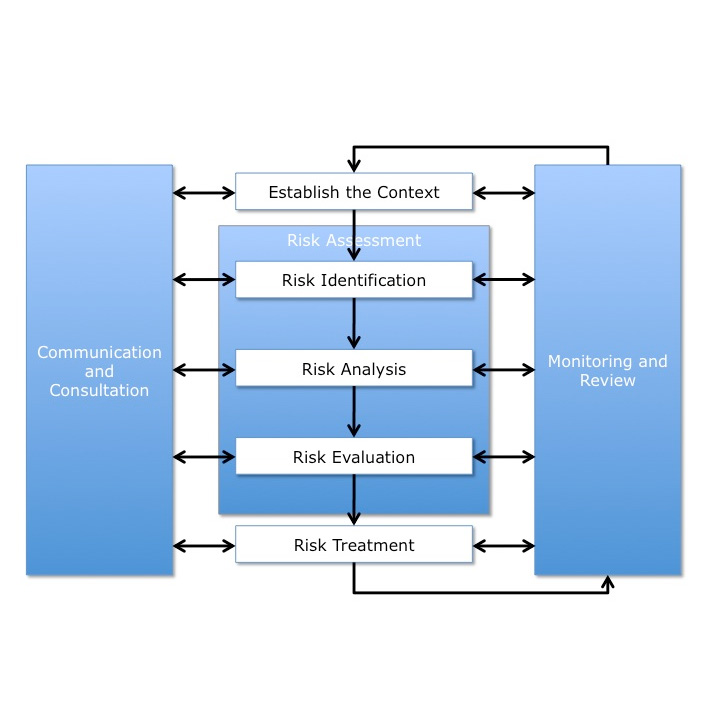“If you fail to plan, you are planning to fail.” –Benjamin Franklin
Effective municipal capital improvement planning (CIP) is essential for fostering sustainable growth and development in communities. Long-term planning allows municipalities to anticipate future needs, coordinate multiple projects, and ensure that resources are used efficiently to benefit residents and businesses alike. This article explores the significance of long-term municipal CIP, the intricacies of project phasing, and the necessity for government planners to think decades ahead to create thriving communities.
The Essence of Long-Term Planning
Long-term municipal capital improvement planning is the process of identifying and prioritizing infrastructure projects that are essential for a community’s growth and development. This planning often spans several decades, allowing municipalities to align their infrastructure investments with anticipated growth and changing demographics. Effective CIP includes projects such as roads, bridges, water and sewage systems, public buildings, and recreational facilities.
One of the primary benefits of long-term planning is the ability to create a cohesive strategy that addresses both immediate and future needs. By planning ahead, municipalities can avoid the pitfalls of reactive, short-term fixes that may lead to higher costs and inefficiencies. Instead, they can implement a proactive approach that ensures sustainable development and maximizes the return on investment for public funds.
Phasing and Interrelation of Projects
Capital improvement projects are often complex and require careful phasing and coordination. These projects can take up to 10 years from the initial concept to final acceptance. The phasing process typically includes the following stages:
- Conceptual Planning and Approval: During this stage, planners identify the need for a project, conduct feasibility studies, and seek approval from relevant authorities. Public input is often solicited to ensure that the project aligns with community needs.
- Design: Once approved, the project moves into the design phase, where detailed plans and specifications are developed. This stage involves collaboration between engineers, architects, and other specialists to create a comprehensive blueprint for the project.
- Construction: With the design finalized, construction begins. This phase can span several years, depending on the project’s complexity. Effective project management is crucial to ensure that construction stays on schedule and within budget.
- Final Acceptance and Operation: After construction is completed, the project undergoes final inspections and acceptance. Once operational, the infrastructure serves the community, contributing to its growth and development.
The interrelation of projects is a critical aspect of long-term CIP. Infrastructure improvements are often interconnected, meaning that the success of one project can depend on the completion of another. For example, the construction of a new road may be contingent on the upgrade of existing water and sewage systems. Coordinated planning ensures that all related projects are completed in a logical sequence, minimizing disruptions and maximizing efficiency.
Anticipating Growth and Improving Communities
Government planners must think decades in advance to effectively anticipate growth and improve communities. This forward-thinking approach requires a deep understanding of demographic trends, economic forecasts, and technological advancements. By anticipating future needs, planners can design infrastructure that accommodates population growth, supports economic development, and enhances the quality of life for residents.
One key aspect of long-term planning is the ability to identify and mitigate potential challenges. For instance, urban areas experiencing rapid growth may face issues such as traffic congestion, strained public services, and environmental concerns. Proactive planning allows municipalities to address these challenges before they become critical issues, ensuring that infrastructure keeps pace with demand.
The Benefits of Well-Executed CIP
When done well, long-term municipal capital improvement planning yields numerous benefits for communities:
- Economic Growth: Infrastructure improvements attract businesses and investors, creating jobs and boosting local economies. Quality infrastructure, such as reliable transportation networks and modern utilities, is a key factor in business location decisions.
- Enhanced Quality of Life: Well-planned infrastructure projects improve the overall quality of life for residents. This includes better transportation options, safer and more efficient public services, and enhanced recreational facilities.
- Sustainability: Long-term planning allows municipalities to incorporate sustainable practices into their projects. This includes the use of environmentally friendly materials, energy-efficient designs, and green spaces that promote environmental stewardship.
- Cost Efficiency: Proactive planning and phasing reduce the likelihood of costly emergency repairs and inefficient expenditures. By spreading costs over time and coordinating projects, municipalities can achieve significant cost savings.
Conclusion
Long-term municipal capital improvement planning is a cornerstone of sustainable community growth and development. By thinking decades in advance, government planners can anticipate future needs, coordinate complex projects, and create infrastructure that supports economic prosperity and enhances the quality of life for residents. When executed effectively, long-term CIP benefits everyone, making communities more vibrant, resilient, and prepared for the future.
At Front Line Advisory Group, we manage Capital Improvement programs to ensure they are completed on time and within budget. We make sure every dollar is used wisely to improve our community. For more information or to start your project, contact us at info@frontlineadvisorygroup.com.
References
- American Planning Association. (n.d.). Planning for Infrastructure Resilience. Retrieved from https://www.planning.org.
- U.S. Environmental Protection Agency. (n.d.). Sustainable Infrastructure. Retrieved from https://www.epa.gov/sustainable-infrastructure.
- National League of Cities. (n.d.). Municipal Infrastructure Planning. Retrieved from https://www.nlc.org.












